Gentrification is sweeping through many of New Zealand’s more affordable and sometimes underrated suburbs, some of which deserve to be reassessed and old preconceptions discarded, agents and experts say.
Inspired by similar research by realestate.com.au in Australia, OneRoof and its data partner Valocity carried out a major analysis to find the country’s “hottest 100” up-and-coming suburbs. A range of measures was used, including a heavy emphasis on affordability, resilience over the recent downturn, factors like the number of building and renovation consents issued in recent years, mortgage data, amenities, employment proximity, and property price and population growth.
At the top of the list was the unassuming industrial/business/residential suburb of East Tamaki, to the east of Auckland, followed by Mt Wellington, about 10km south of the CBD, with its backdrop of scaffolding and cranes as the building of homes marches on.
Start your property search
Other South Auckland suburbs were prominent, connected along motorways, arterial routes and railway tracks – Otahuhu, Onehunga, Papatoetoe, Wiri, Mangere, Otara, Takanini, Papakura and Pukekohe.
A snapshot as of April showed the average property value in East Tamaki was over $1 million with average values in the other suburbs ranging from the high $700,000s.
West Auckland was represented, too, with Henderson, New Lynn, Avondale, Westgate and Hobsonville in the mix.
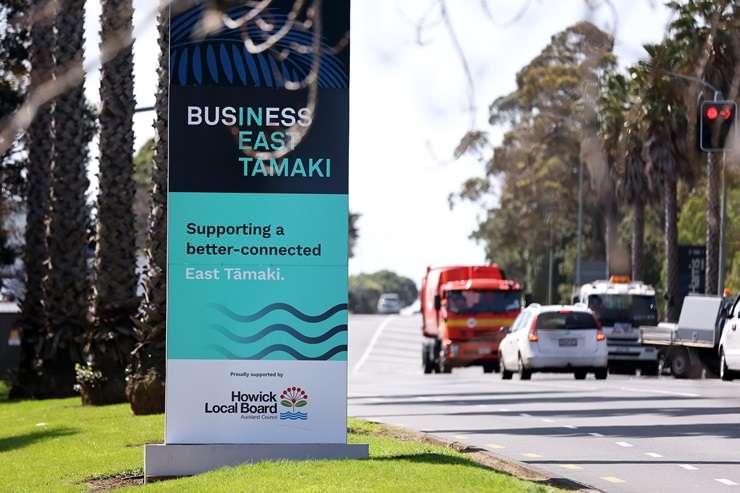
The Auckland suburb of East Tamaki topped the list, scoring highly on a range of measures, including employment opportunities and turnover. Photo / Fiona Goodall
Notably absent were posher suburbs which often top “hot” area lists, like Remuera or the wealthy north Auckland beach playground of Omaha, but Wayne Shum, senior research analyst for Valocity, says this analysis was for the majority of homeowners, not the top 10% of the demographic.
Inner-city suburbs in Christchurch made the top 10, as did Whanganui and Masterton.
The results reflect the changing built environment not just in Auckland but around the country – nearly a quarter of suburbs were in Auckland, but these were followed hard by Canterbury, the Waikato, Wellington and the Manawatu-Whanganui regions, then a scattering in Otago, Hawke’s Bay, the West Coast, Taranaki and Northland.
Across the country, there has been renewal and a movement of people, especially post-Covid which opened the door to people moving out of cities to more affordable regions because they can work from home using technology like Zoom.
Stepping-stone suburbs
In Auckland, suburbs have seen much intensification. Where there were backyards there are terrace houses, and big square apartment buildings are becoming a more common feature of suburb centres.
The suburbs reflect the diverse ethnic mix of Auckland’s neighbourhoods. Throughout are dozens and dozens of sports and religious organisations, from the plentiful Samoan and Tongan churches to Sikh and Buddhist temples.
Most of the hot Auckland suburbs were south of Ellerslie. That’s not to say there are no affordable up-and-coming pockets on the North Shore, but Shum says the results do reflect the higher price bands the other side of the harbour bridge.
Many of the Auckland suburbs that feature are stepping-stone suburbs, he says, where people aspire to the suburb next door but can’t afford to go there as yet. They may have an eye on the school zones across the boundary and have a view to buying there when they have accumulated enough equity to do so.

Otara is seen as first-home buyer territory for Auckland buyers. Photo / Fiona Goodall
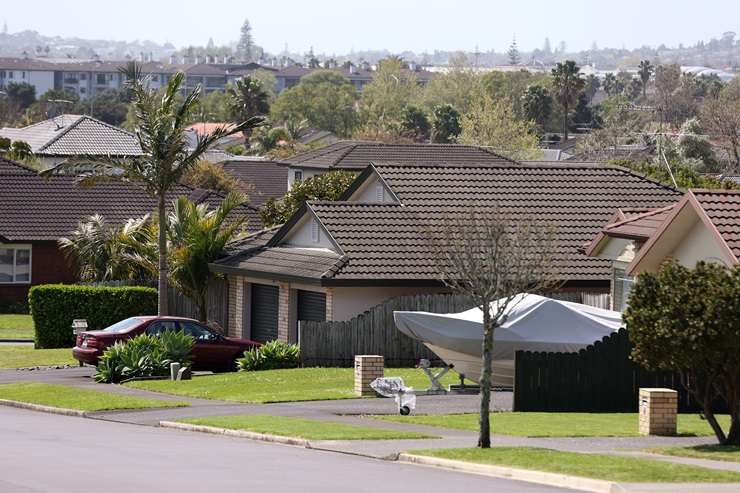
Nearby East Tamaki is seen as the next suburb up for those looking to get their children into a good school zone. Photo / Fiona Goodall
People who can’t afford Ellerslie, for example, might take the busy Ellerslie Panmure Highway and explore Mt Wellington instead.
Shum says that the analysis's key message was that people should reassess the more affordable suburbs on the list because while they might not be top of mind, they do have the most potential.
While suburbs are separated by a line on a map, sometimes the transitions between them are not distinct and shopping, parks or employment, and sometimes schooling, next door are easily accessed.
Otara blends into East Tamaki, for example, but agents say where Otara is first-home buyer territory, East Tamaki is popular with second-home buyers. The country’s “hottest” suburb has become an aspirational one for those wanting to get into the likes of Howick, Mellons Bay and Cockles Bay, says agent Richard White, who heads Harcourts branch office in East Tamaki, and some are eyeing up getting their children into Macleans College over in Bucklands Beach.
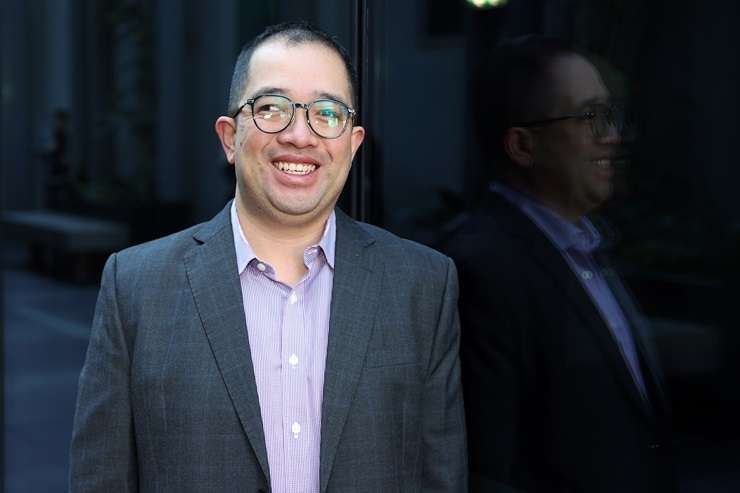
Valocity senior research analyst Wayne Shum: “You just give it a bit of time and everything changes.” Photo / Fiona Goodall
Where Otara ends, the industrial sprawl of East Tamaki begins with its manufacturing and warehousing along the flat, along with big Highbrook Business Park with its hundreds of companies and jobs. The industrial zone gives way towards the east of the suburb where single-level brick homes begin, turning into more substantial homes at East Tamaki Heights where there are views of the industrial sprawl below.
A lot of Chinese and Indian people live in East Tamaki, and White says he sees buyers coming from further south, from the likes of Takanini and Papakura, on their way to the east of the city, which he says is underrated. The buyers want the schooling – Botany Downs Secondary School is also highly regarded, for instance – and they like the motorway access to the city one way, the airport the other way, or south to Hamilton.
Undervalued and overlooked
WHERE one suburb may have stigma attached, a neighbouring suburb may not. Tom Rawson, director and branch manager of Ray White Manuaku, was born and bred in the south and says it’s time to let go of old stigma about places.
There are sometimes shootings or gang activity in the news but Rawson says look beneath the surface to the churches, community organisations and sports facilities which are the backbone of places like Otara, Mangere and Otahuhu.
Shum agrees, saying suburbs everywhere might have one or two streets to avoid but people should not write off the whole suburb, and Rawson points out even posh suburbs have their share of trouble.
“There’s been a meth lab on Paritai Drive [one of Auckland’s most expensive streets]. There’s been shootings all over Auckland.”
Places change as new people move into areas, he says, bringing new energy. “You just give it a bit of time and everything changes.”
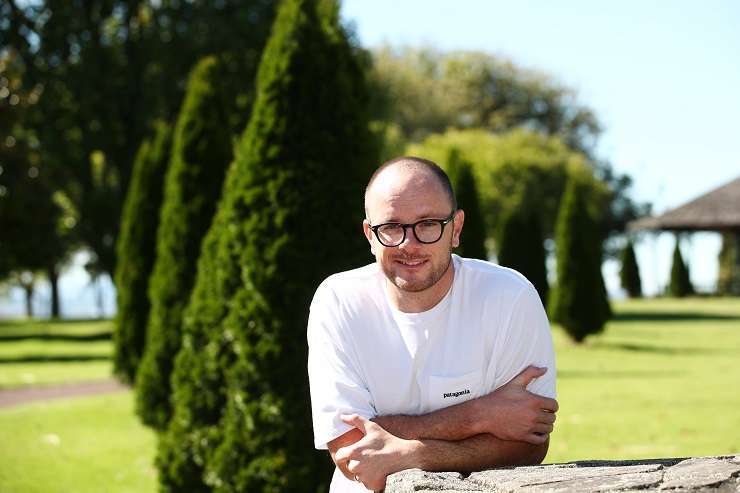
Tom Rawson, co-owner of Ray White Manukau, says he cuts his teeth in South Auckland. Photo / Fiona Goodall
To Rawson, an up-and-coming suburb is one that still has green spaces, where land will only increase in value, and suburbs that have been undervalued for one reason or another.
“The ones that have got stigmas out there, maybe, that have been cheap but they are neighbouring a more expensive suburb.”
Otara is “massively” undervalued, for example, he says: “Its neighbours are literally Highbrook, East Tamaki and Botany.”
Drive down wide and leafy Bairds Road in Otara and there are rows of nicely-kept state housing. People are as house proud here as anywhere, Rawson says. He knows of agents who refuse to drive through the area but says he cut his real estate teeth in these suburbs while out door-knocking. He encountered lovely people who were mortgage-free and not interested in selling.
“A lot of the conversations were, ‘Oh, no, we’re going to hand this house down to the kids, we don’t ever plan on selling’.”
It’s not like Remuera where homes can be trophies. “Your roots are here. There isn’t this aspiration to go anywhere else.”
The next 20 years
ON A GREY Auckland day at the Panmure Basin, a tidal estuary adjacent to Mt Wellington and Panmure, a young Samoan woman had been out jogging. She told OneRoof she rents in Mt Wellington and that she loves the suburb but wouldn’t buy there. Why? “Because my heart is in Mangere.” Mangere is where her family is and she says that’s where she would like to one day buy.
In the same park, a European man says he bases his business in Mt Wellington because of its great location close to arterial routes – and what stood out about the top suburbs in the hot 100 list to Chris Farhi, Bayleys head of insights, was not just the affordability factor but the transport connectivity. “They’re extremely convenient places.”
When locations have strong public transport, that tends to enable more intensive zoning for housing, he says. Mt Wellington, for example, has the train and is a mix of industry and housing. It has the Sylvia Park shopping centre and Kiwi Property is building its big new build-to-rent development there.
Farhi says some of these suburbs have already shaken any stigma they might have had and have great housing offerings. Otahuhu has older character homes to be renovated and Onehunga, where there is a train station, has already become a “very, very cool” place to live with the Ponsonby-style transformation and renovation of its character villas.
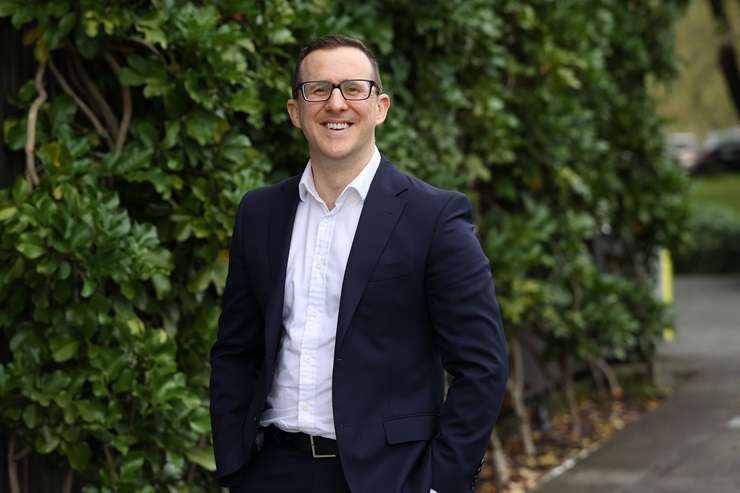
Bayleys head of insights Chris Farhi says the areas with the most potential tend to have good transport links. Photo / Fiona Goodall
He thinks a big driver of the hot suburbs is that people can buy more for their buck. The amount of money to buy a terrace house in Ellerslie or Greenlane might buy a standalone house down the road in Mt Wellington or Otahuhu.
The next 20 years will likely see significant further change in these sorts of locations, Farhi says, and that is in part because as areas gentrify and become more popular, people with higher incomes move in, which leads to further gentrification.
Rawson, too, thinks in another 10 years, places like Otahuhu will be even more densely populated, saying there is still space to build in the suburb. For every house already taken away and its site developed, there are another 10 properties holding on to big parcels of land. Development land here is more expensive than further south because Otahuhu is seen as the northern end of South Auckland, while next door Mt Wellington is seen more as the southern end of the city.
“There’s definitely more tradie utes and vans heading into the suburbs and rejuvenating the housing stock and building more stock.”
In fact, Rawson says, infill housing has already virtually connected suburbs up. “You can almost jump from roof to roof between Papatoetoe all the way through the suburbs to get to Botany Heights.”
Aspirations for something different
FURTHER SOUTH, Takanini is a big Indian community where Harcourts agent Ricky Balu lives and sells. He came from India in 2017 and says he feels at home. “I actually feel like it’s my family because I know everyone here.”
He bought for the schooling and says people ring him every day because they want to live near Kauri Flats School.
Glenis Shirley, branch manager of Harcourts New Age Papakura/Takanini, says there used to be a lot of horse racing in Takanini but it’s housing now. The suburb was an early adopter of terrace housing and at the time everyone was worried it would look like something off Coronation Street but people are used to it now. “Now people look at quarter acre and think, ‘holy hell, I don’t want all that work’.”
Shirley says places like Takanini are affordable areas to get a foot on the property rung but perhaps not stay forever – a lot of buyers are aspirational for the bigger homes and backyards of Karaka next door which she says is the area’s Remuera.
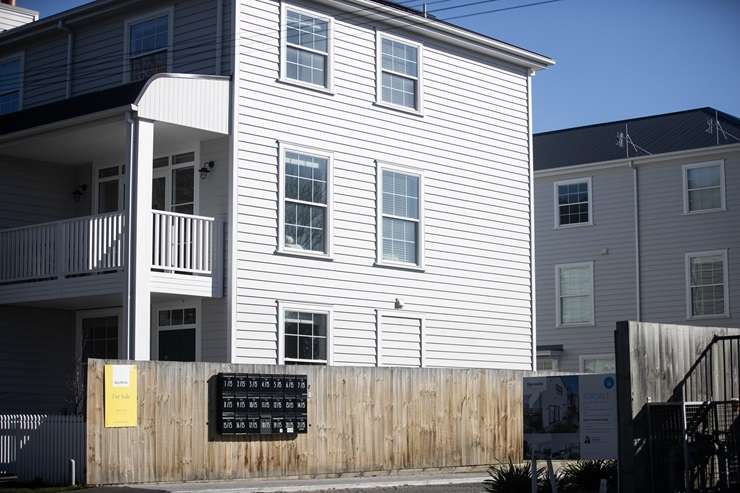
Houses in Waltham, Christchurch. The city suburb rates highly in the OneRoof rankings. Photo / George Heard
AUCKLAND CENTRAL, which encompasses the CBD, also featured in the top 10, largely driven by the affordability of apartment living. When shoebox apartments were built in the 1990s and 2000s, the centre gained a reputation for housing international students but bigger apartments have and are being built which are popular with migrant families more used to apartment living. Farhi says a surprising number of families and children live in the CBD these days.
A number of suburbs from Canterbury featured in the top 100, with inner-city Christchurch suburbs Sydenham (average property value $572,700) and Waltham ($516,500) in the top 10. Farhi says these suburbs are walkable to town but if compared to character homes a similar distance from Auckland’s CBD, like in Ponsonby or Grey Lynn, they are only a third of the price. He says buyers from Auckland have reported it’s like shopping in the sales.
“That makes you think the area around the edge of the CBD in Christchurch is undervalued at the moment.”
Tony Jenkins, managing director for Harcourts Holmwood, says a lot of property developers are renovating and flipping: “These suburbs with their proximity to our new city centre have the potential to be the Mt Edens and Ponsonbys of Christchurch in 10 years.”
Affordability v ammenity
SOME more expensive suburbs made it to the hot 100 list, as well, such as Mt Eden, where the average property value was $1.79m at the time of the analysis, as well as Mt Maunganui ($1.4736m) and Queenstown ($1.7519m). Shum says these are not anomalies but reflective of the solidity of the suburbs, the housing mix and the fact there are more affordable homes than you might think in these areas.
Farhi is not surprised to see Cromwell ($1.002m) on the list, too, describing the central Otago town as a “halo” location on the edge of Queenstown and Wanaka where values have risen fast so people who can’t afford the pricier towns look to Cromwell.
LESLEY HARRIS, spokesperson for the First Home Buyers Club, urges a bit of caution, saying first-home buyers should not pack up and go and buy in one of the hot suburbs simply for the price of housing. Affordability is only a quarter of what can be a complex home ownership journey for those starting out.
Young buyers need to consider schools, family, lifestyle, and career and income opportunities – there’s no point buying in Huntly (average property price $544,600) if once there the buyer can’t progress in their career.
Having said that, work has changed since Covid and the advance of technology gives more flexibility around where people buy.
Better transport, too, means people can buy further out from the city centre.
“We’ve now got trains in more places and people are less inclined to have to be in the office so we’re certainly seeing a bit more of a spread of where people are buying their first home.”
Harris spoke of a builder who relocated his family to New Plymouth ($894,400 average property value) recently, in part because housing is less expensive, but she says the move made sense in more ways than one because the children are in good schools and he has a similar wage to pay for a more affordable house.
“There’s so much more that goes into this equation and it’s not just about the financial aspects.”
- Click here to find properties for sale













































































